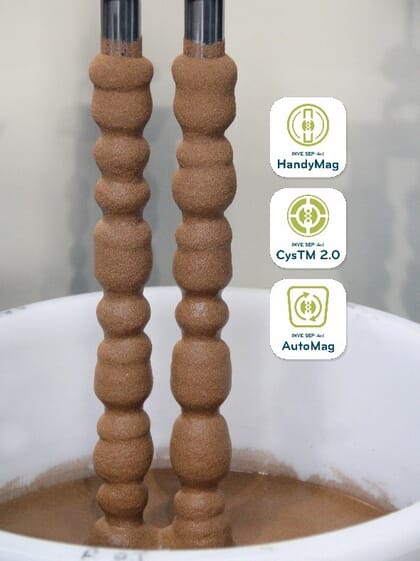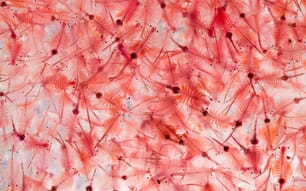
© INVE Aquaculture
Traditionally Artemia nauplii are separated from cysts using a double sieve, or a decapsulation method, which can cause mortalities in the nauplii, as well as quality issues and is often labour intensive.
Decapsulation is also a chemical exothermic process, resulting in the release of waste product and toxic gasses which can be a risk to the environment and operators. During the decapsulation process heat is also produced, which can damage Artemia cysts.
The newly launched tools are based on the Artemia SEP-Art technology developed by INVE Aquaculture. It consists of cysts covered with iron particles, which are attracted to magnets leaving nauplii in the solution.
Available in manual, semi-manual and fully automatic, the tools are tailored to all hatchery sizes.
Geert Rombaut, product portfolio manager, commented: “We have been working on this innovation over two years and are now very pleased to bring our new tools to the market”.
“We always work closely with our customers to understand their needs. Efficiency is an important part of any aquaculture production system and we hope that these tools will support the healthy growth of fish and shrimp and our customers businesses”.
According to INVE, the three new products – HandyMag, CystTM 2.0, and AutoMag – allow all hatcheries to produce higher quality nauplii in a standardised and efficient way.




